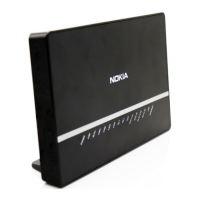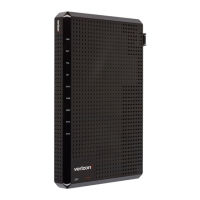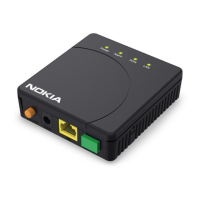Services Overview
48
FD 100/320Gbps NT and FX NT IHub Services Guide
3HH-11985-AAAA-TQZZA Issue: 13
3.4 Service Entities
The basic logical entities in the service model used to construct a service are:
• Customers
• Service Access Points (SAPs)
• Service Distribution Points (SDPs)
Figure 1 Service Entities
3.4.1 Customers
The most basic required entity is the customer ID value which is assigned when the
customer account is created. To provision a service, a customer ID must be
associated with the service at the time of service creation.
3.4.2 Service Access Points (SAPs)
Each subscriber service type is configured with at least one service access point
(SAP). A SAP identifies the interface point for a service on an Nokia ISAM router
(Figure 2). The SAP configuration requires that slot information be specified. The slot
parameters must be configured prior to provisioning a service (see the “Port
Features” section of the FD 100/320Gbps NT and FX NT IHub Interface Guide).
A SAP is a local entity to the ISAM and is uniquely identified by:
• The physical Ethernet port or Link Aggregate (LAG) port
• The encapsulation type (all SAPs use the Dot1Q encapsulation type)
• The encapsulation identifier (ID) (that is, the VLAN ID of the SAP)
SAPs can only be created on ports designated as “access” or “hybrid” in the physical
port configuration. SAPs cannot be created on ports designated as core-facing
“network” ports as these ports have a different set of features enabled in software.
SUBSCRIBERS SUBSCRIBERS
SERVICE
ACCESS
POINTS
SERVICE
ACCESS
POINTS
SERVICE
DISTRIBUTION
POINTS
Customer
27
SAP Service
Cust-27
Cust-25
Service
Cust-7
Service
Service
Cust-27
Cust-25
Service
Cust-7
Service
SDP
ALA-A ALA-B
DEMUX
SDP
DEMUX
SAP
SAP
SAP
SAP
SAP
Customer
25
Customer
7
Customer
27
Customer
25
Customer
7

